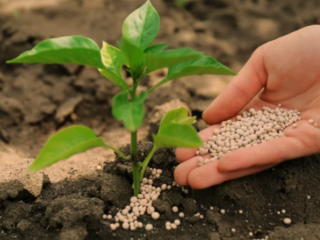In today’s fast-paced world, we spend most of our time indoors, whether at home or in the office.
While this provides comfort and convenience, it also exposes us to various indoor air pollutants.
Poor indoor air quality can lead to health issues such as allergies, respiratory problems, and even reduced productivity. However, a simple and natural solution to improve indoor air quality is humidifying plants.
What Are Humidifying Plants?
Humidifying plants are a group of indoor plants that possess the unique ability to release moisture into the air through a process known as transpiration. This natural mechanism not only increases the humidity in the room but also helps in purifying the air by removing harmful toxins.
One of the most effective humidifying plants is the Peace Lily (Spathiphyllum). This elegant plant features dark green leaves and striking white flowers. Beyond its beauty, the Peace Lily excels at releasing water vapor into the air, making it a fantastic addition to any indoor space.
The Boston Fern (Nephrolepis exaltata) is another outstanding choice for a humidifying plant. With its feathery fronds, it adds a touch of greenery and serenity to any room. Its ability to add moisture to the air helps combat the drying effects of air conditioning and heating systems.
Top 5 Humidifying Plants for Indoor Spaces

-
Peace Lily (Spathiphyllum)
- Features and characteristics: The Peace Lily is an evergreen plant with glossy, lance-shaped leaves and elegant white blooms.
- Humidifying capabilities: It is highly efficient in releasing moisture into the air, increasing humidity levels and promoting a healthier indoor environment.
- Additional benefits and care tips: The Peace Lily is also known for its air-purifying qualities and is relatively easy to care for, thriving in low to moderate light conditions.
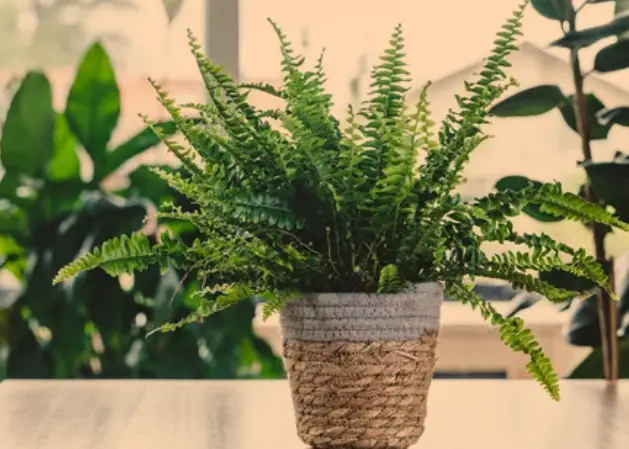
Best Humidifying Plants
-
Boston Fern (Nephrolepis exaltata)
- Features and characteristics: The Boston Fern boasts lush, arching fronds that add a touch of grace to any space.
- Humidifying capabilities: This plant releases moisture through its leaves, effectively increasing humidity levels in the room.
- Additional benefits and care tips: In addition to being a natural humidifier, the Boston Fern is an excellent air purifier and prefers bright, indirect light.
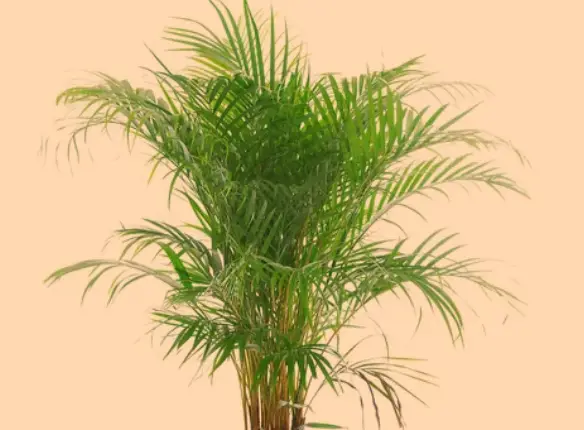
-
Areca Palm (Dypsis lutescens)
- Features and characteristics: The Areca Palm, also known as the Butterfly Palm, has feathery fronds that create a tropical ambiance.
- Humidifying capabilities: Its transpiration process adds moisture to the air, promoting better air quality.
- Additional benefits and care tips: The Areca Palm is an efficient remover of indoor air toxins and thrives in bright, indirect light.
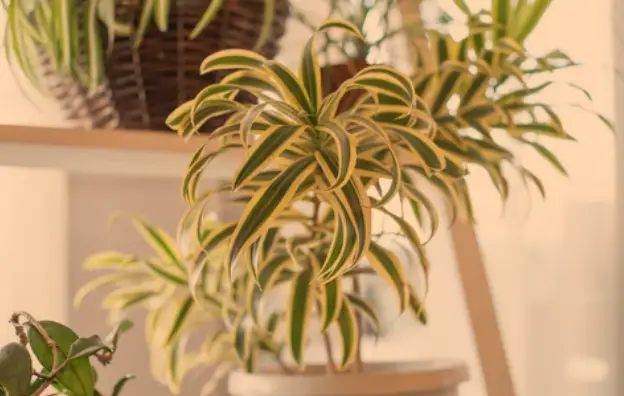
-
Spider Plant (Chlorophytum comosum)
- Features and characteristics: The Spider Plant has long, arching leaves with white stripes, adding an attractive contrast to its green foliage.
- Humidifying capabilities: Its ability to release moisture makes it a valuable humidifying plant for indoor environments.
- Additional benefits and care tips: Spider Plants are known for their resilience and air-purifying properties, thriving in various light conditions.
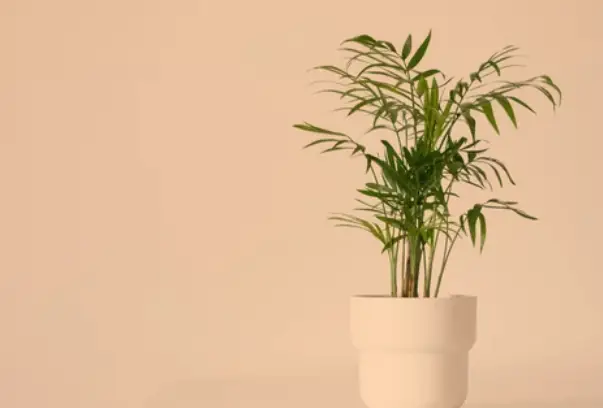
-
Bamboo Palm (Chamaedorea seifrizii)
- Features and characteristics: The Bamboo Palm features delicate, fan-like leaves that bring a touch of elegance to any room.
- Humidifying capabilities: This plant efficiently adds moisture to the air, making it ideal for dry indoor spaces.
- Additional benefits and care tips: The Bamboo Palm is an excellent air purifier and prefers bright, indirect light.
How to Care for Humidifying Plants
Caring for humidifying plants is relatively simple, but understanding their specific needs is crucial for their overall health and performance.
-
Ideal environmental conditions for each plant:
- Peace Lily: Moderate to low light and well-draining soil.
- Boston Fern: Bright, indirect light and consistently moist soil.
- Areca Palm: Bright, indirect light and well-draining soil.
- Spider Plant: Bright, indirect light and well-draining soil.
- Bamboo Palm: Bright, indirect light and well-draining soil.
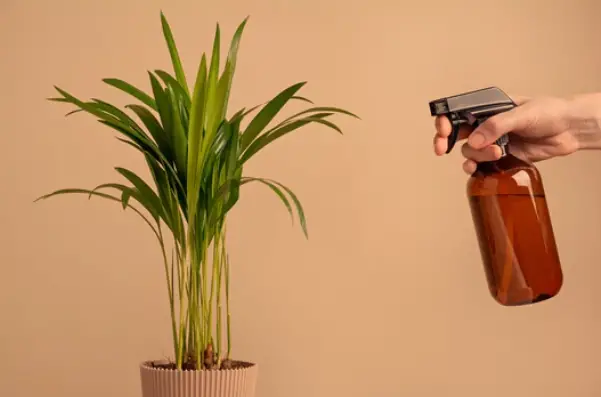
-
Watering and feeding guidelines:
- Overwatering can be harmful, so it’s best to let the top inch of soil dry out between waterings.
- Use room-temperature water to prevent shocking the plant’s roots.
- Fertilize according to the specific plant’s needs, usually during the growing season.
-
Repotting and propagation techniques:
- Repotting should be done when the plant outgrows its current container, typically every one to two years.
- Propagation methods differ for each plant, but most can be propagated through division or cuttings.
-
Dealing with common issues and pests:
- Regularly inspect plants for signs of pests such as spider mites, mealybugs, and scale.
- Address any pest infestations promptly with natural or chemical treatments, depending on your preferences.
Additional Benefits of Humidifying Plants
While humidifying plants are primarily known for their ability to add moisture to the air, they offer numerous other advantages that contribute to a healthier and more enjoyable indoor environment.
-
Air-purifying properties and VOC removal:
- Studies have shown that indoor plants can help remove harmful volatile organic compounds (VOCs) from the air, improving overall air quality.
-
Stress reduction and mental well-being:
- The presence of greenery indoors has been linked to reduced stress levels and enhanced mood, creating a more positive atmosphere.
-
Increased productivity and focus:
- A well-maintained indoor garden can promote a sense of calm and relaxation, leading to improved focus and productivity.
-
Aesthetics and interior design enhancement:
- Humidifying plants come in various sizes, shapes, and colors, making them versatile design elements that can elevate any interior space.
Incorporating Humidifying Plants into Your Indoor Space
Now that we have explored the benefits and care tips for these humidifying plants, it’s time to consider how to best incorporate them into your indoor spaces.
-
Choosing the right plants for different rooms:
- Assess the lighting conditions and space available in each room to select plants that will thrive there.
- Consider using larger plants as focal points in living rooms and hallways, while smaller plants can add a touch of greenery to desks and shelves.
-
Creative plant arrangements and display ideas:
- Experiment with different plant combinations to create visually appealing arrangements.
- Utilize decorative pots, hanging baskets, and wall-mounted planters to maximize space and add character to the room.
-
Combining humidity-loving plants with other indoor plants:
- Mix and match humidifying plants with other indoor plants to create diverse and attractive displays.
- Consider grouping plants with similar care requirements for easier maintenance.
Conclusion
In conclusion, humidifying plants offer a myriad of benefits for indoor spaces, including improved air quality, stress reduction, and enhanced aesthetics.
The Peace Lily, Boston Fern, Areca Palm, Spider Plant, and Bamboo Palm are just a few examples of the many options available to green enthusiasts.
By having these green in our indoor environments and providing them with proper care, we can create healthier, more enjoyable spaces that promote well-being and productivity.
So why not embrace the beauty and benefits of indoor plants and let nature work its magic to improve the air we breathe?
Remember, while we may not always have control over outdoor air quality, we can take steps to ensure the air inside our homes and workplaces is as clean and refreshing as possible.
Humidifying plants are an effective, natural, and aesthetically pleasing way to achieve this goal, making them a must-have for anyone looking to create a green oasis within their four walls.


